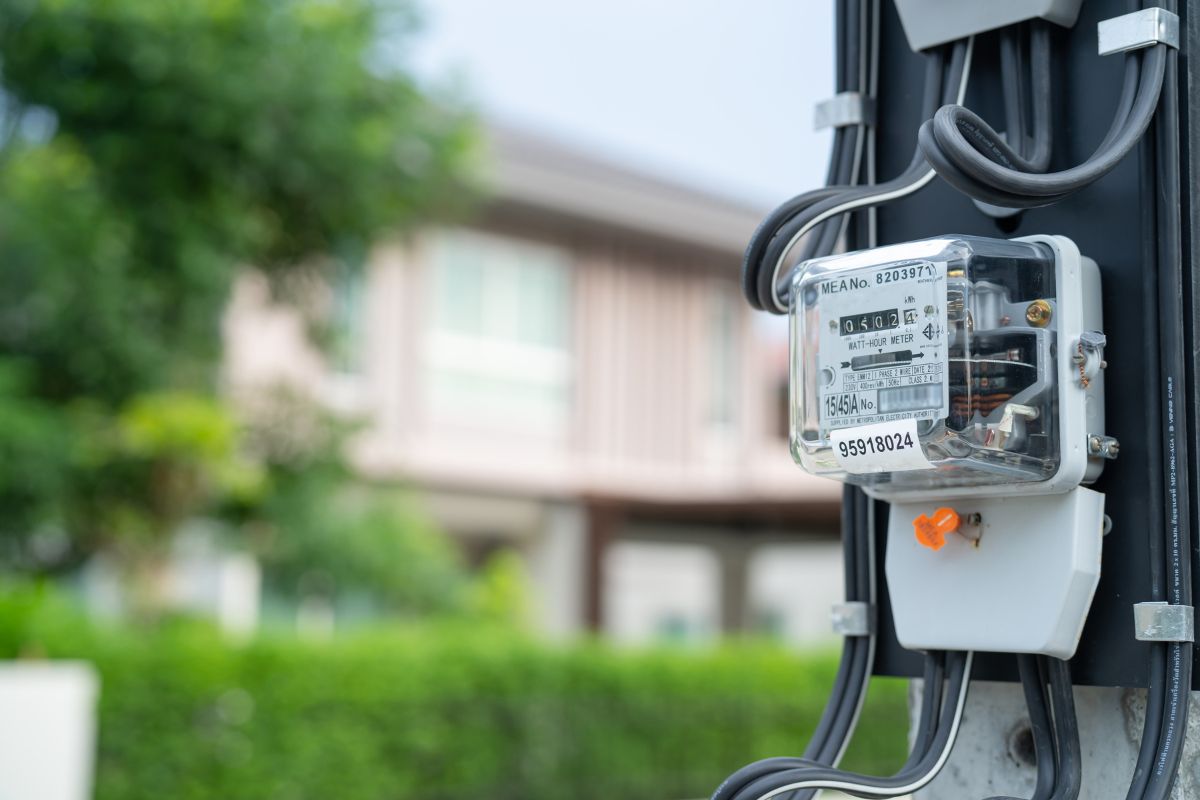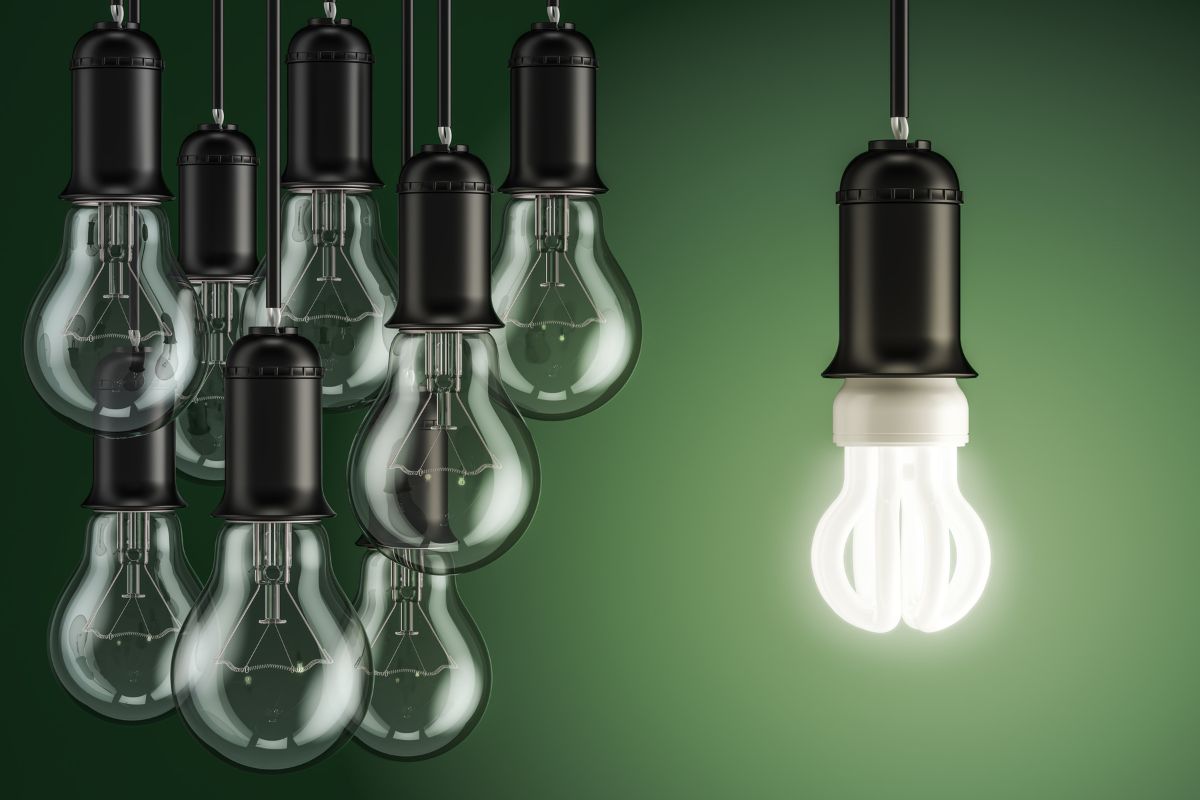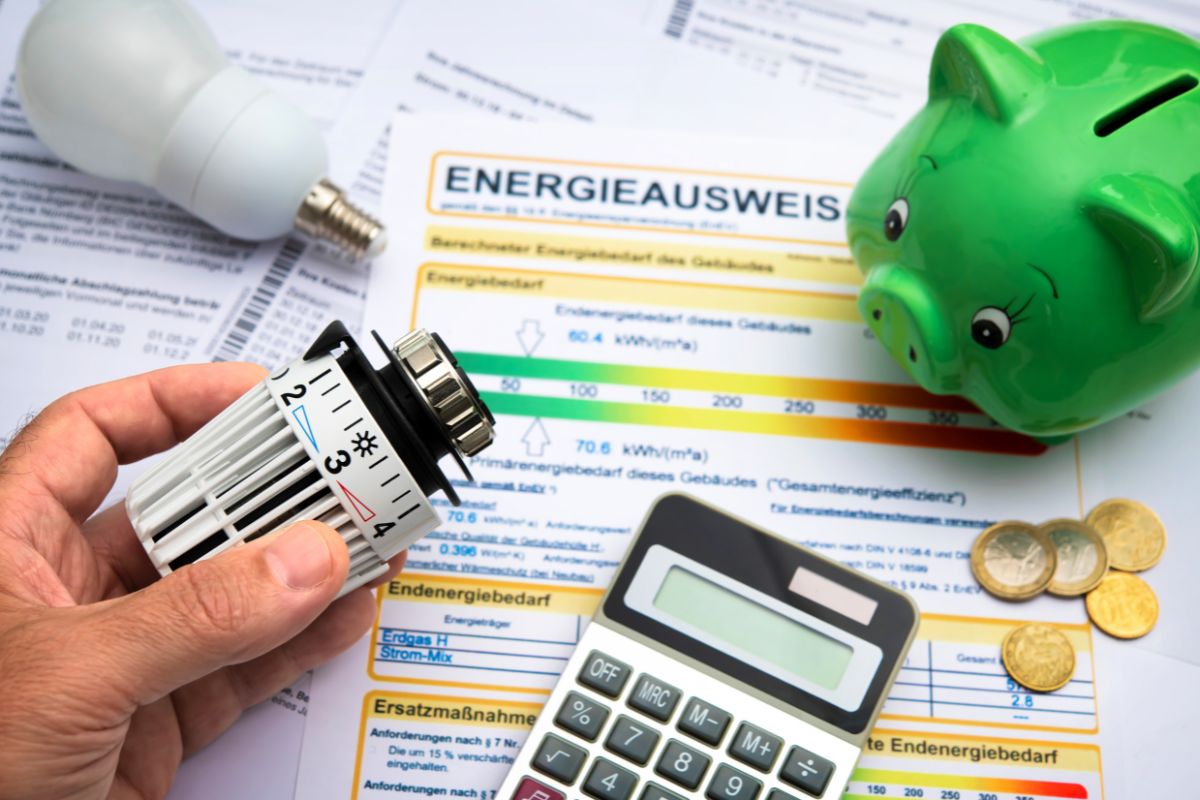Co je to faktor účinnosti předřadníku (BEF)
Faktor účinnosti předřadníku (BEF) je ukazatel používaný v osvětlovacím průmyslu k hodnocení energetické účinnosti předřadníků. Vypočítá se vydělením činitele předřadníku příkonem ve wattech. Předřadníkový činitel představuje poměr světelného výkonu světelného zdroje nebo světelných zdrojů provozovaných s konkrétním předřadníkem ke světelnému výkonu stejného světelného zdroje nebo světelných zdrojů provozovaných s referenčním předřadníkem. Vydělením této hodnoty příkonem ve wattech poskytuje BEF míru energetické účinnosti předřadníku.
Inspirujte se portfoliem pohybových senzorů Rayzeek.
Nenašli jste to, co jste chtěli? Nebojte se. Vždy existují alternativní způsoby řešení vašich problémů. Možná vám pomůže některé z našich portfolií.
BEF je užitečný zejména pro porovnání energetické účinnosti různých osvětlovacích systémů, které používají stejný typ a množství světelných zdrojů. Umožňuje standardizované posouzení světelného výkonu a příkonu těchto systémů. BEF je specifický pro severoamerické energetické normy pro zářivkové předřadníky. V jiných regionech nebo u jiných technologií osvětlení se mohou pro hodnocení energetické účinnosti používat jiné ukazatele.
Často kladené otázky
Jaký je rozdíl mezi výkonovým faktorem a předřadníkovým faktorem?
Výkonový faktor předřadníku je měřítkem toho, jak efektivně předřadník využívá svůj výkon. Vyjadřuje se v procentech v rozmezí od 0% do 100%. Výkonový faktor vyjadřuje poměr výkonu spotřebovaného předřadníkem k celkovému výkonu dodanému z elektrické sítě. Vzorec pro výpočet účiníku je Watty děleno Voltampéry.
Jaký typ předřadníku má nejvyšší účinnost
Předřadníky s nejvyšší účinností jsou elektronické nebo vysokofrekvenční předřadníky. Tyto typy předřadníků jsou známé tím, že zvyšují frekvenci elektrické energie ze standardních 60 cyklů za sekundu (hertzů) na mnohem vyšší rozsah, obvykle mezi 25 000 až 40 000 hertzy.









